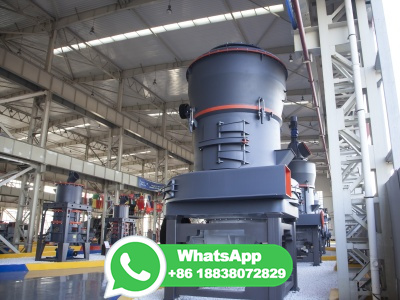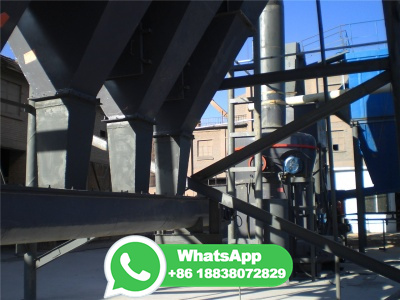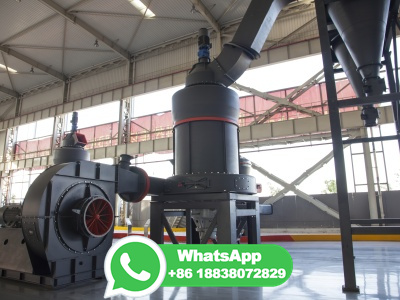Producing Metal Powder from Machining Chips Using Ball Milling Process ...
The optimum ball mill parameters to achieve a small particle size of µm include a ball mill speed of 500 rpm, a milling time of 10 h, and a balltopowder ratio (BPR) of 10:1. These settings are sufficient for obtaining better results. However, the study does have certain limitations that could be addressed in future research.
































